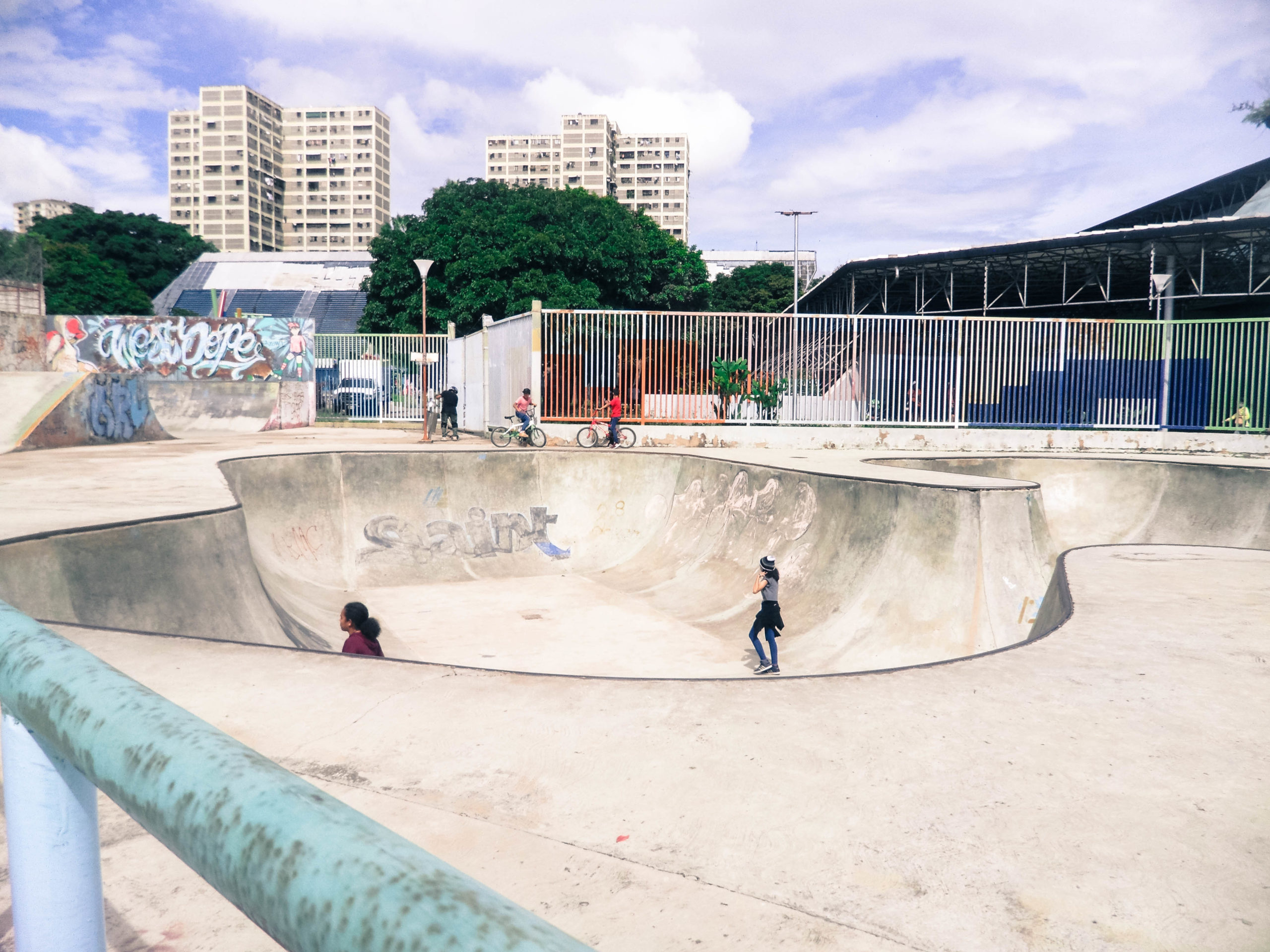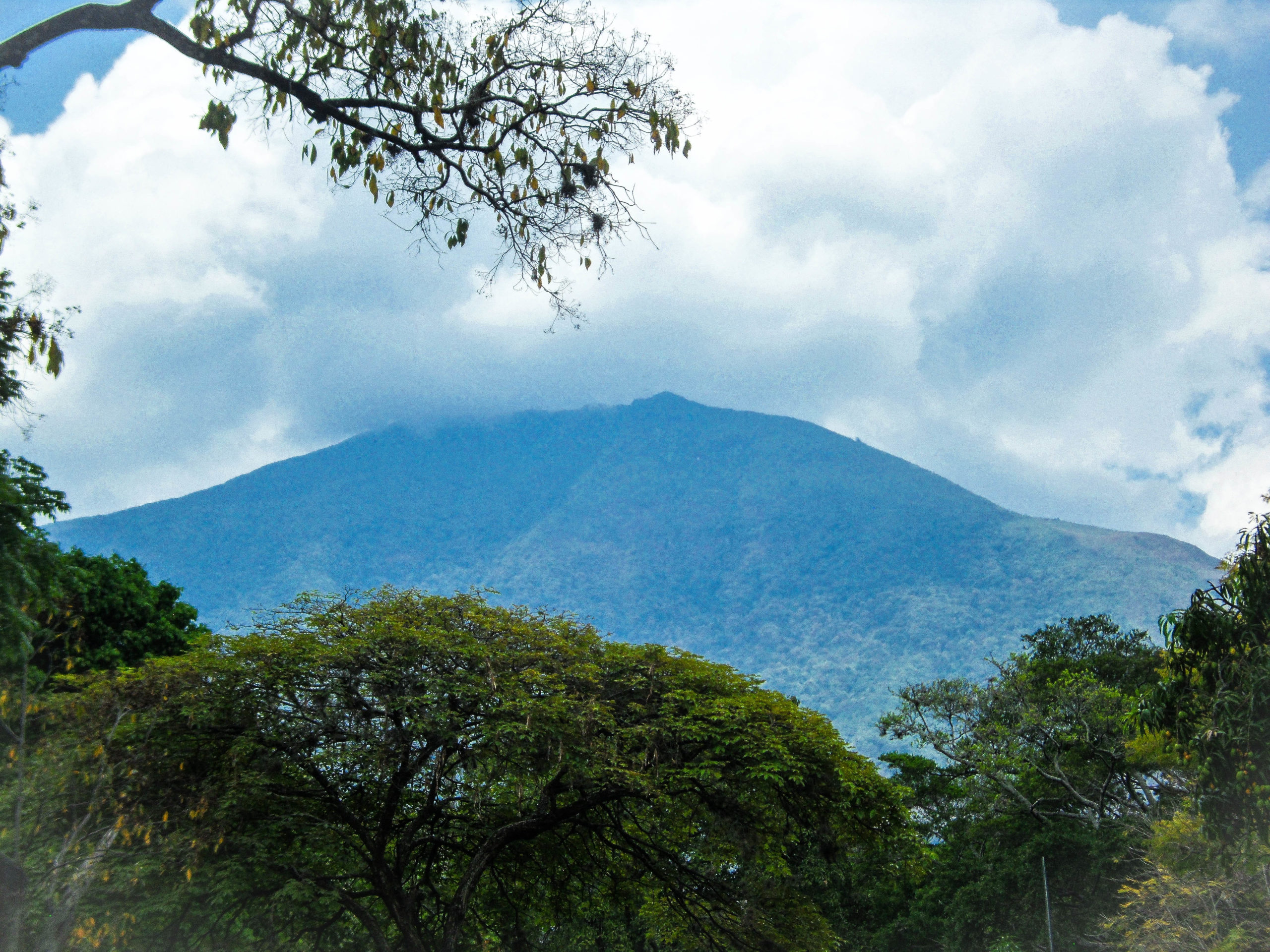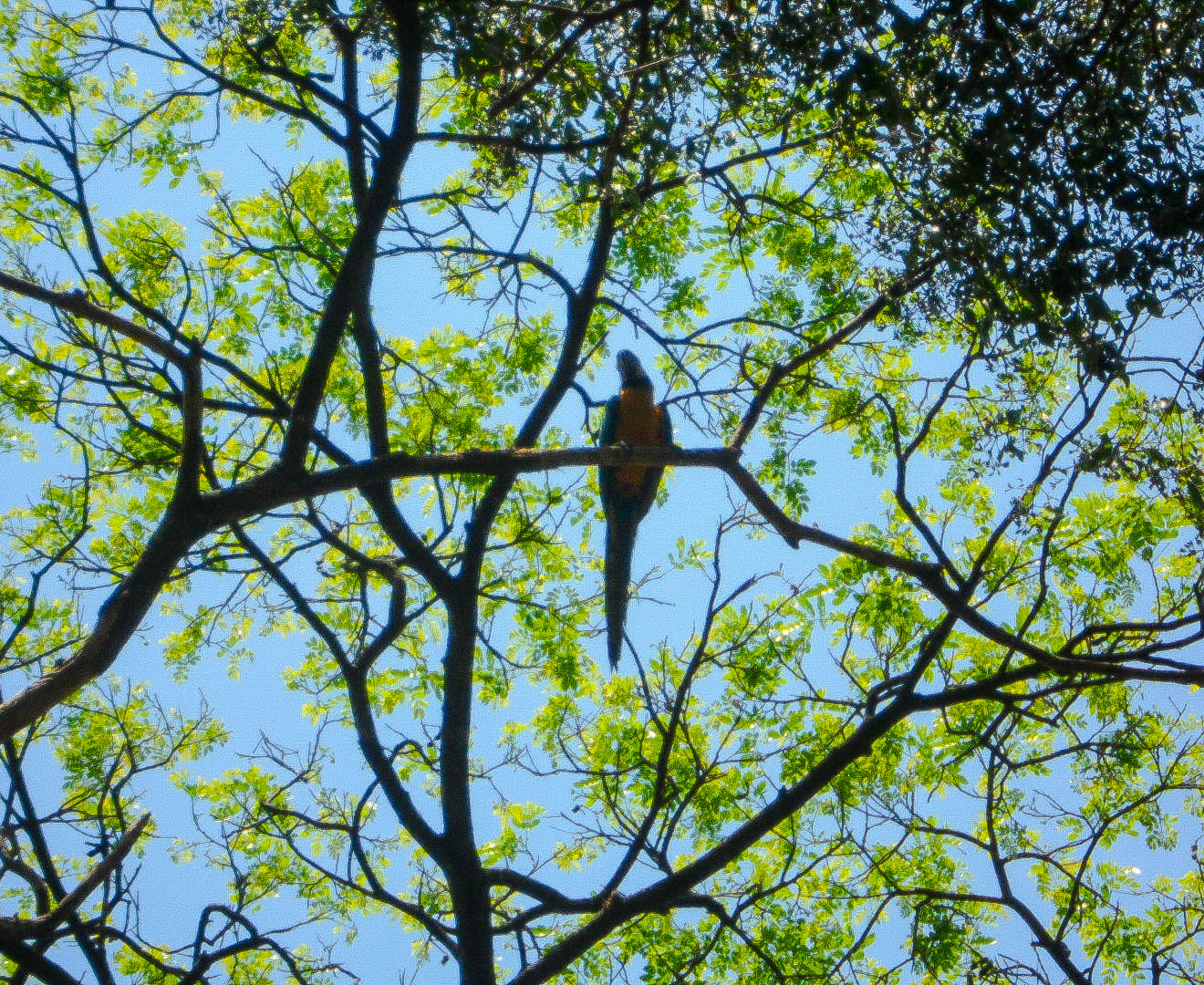That Rush of Blood to the Head We Call ‘Caracas’
The name of this Coldplay album is the most accurate description of my relationship with this city I learned to fear and love, coming from Margarita and Barquisimeto


Photo: Gabriela Perozo
I’ve been a witness and a victim of Caracas’ sorcerous allure. There’s no such thing as indifference when it comes to this city. Some people decide to avoid the road to the capital because it’s “dreadful”. Some people are determined to survive it with or without a smile on their faces. Others keep the illusion of being able to enjoy again the glorious Sucursal del Cielo that only lives in the good old days.
Just like any other capital city, Caracas is full of myths and self-exaltation proverbs. Edith Piaf said that Paris is without a doubt joy itself and there’s a quote that says “If a man is tired of London, he’s tired of life.” About Caracas, there’s “Caracas es Caracas y lo demás es monte y culebra.” When I was a kid, adults seemed to fall for Caraqueños’ fascinating and dangerous magnetism. Born in Margarita and raised in Barquisimeto, I grew up thinking that Caracas was overestimated, exaggeratedly worshiped by everyone.
Many people said instead that the Venezuelan capital was too dangerous. So when I was 15 years old and my mother said: “Gabriela, we’re moving to Caracas,” I panicked. Too many stories about bullets, crime, mafia, hysteria and that horrific Metro where people have jumped so many times. It was unacceptable for me. I feared that I’d get lost, literally and metaphorically, in that enormous volume of people and streets.
A New Cat in Town
The day came, and we moved. Have you ever seen a cat getting used to a house? The animal finds a safe place and then starts to explore. I did exactly that, starting with my safe place in the heart of the chaos, Lecuna Ave. I had to learn by heart where to go, getting help from the friends I was making. That’s how this cat ended up walking, comfortably and–why not say it, arrogantly–all over her new house.
The fascination bit me during my first walks alone in the heart of Caracas, trying to take it all in it while hiding my astonishment. The buildings looked like hives, with a swarm buzzing from the streets and even under them. The Metro lines steering people in subterranean labyrinths were only comparable to anthills.
By those days, some friends from school took me to Parque Central, and the view from the last floor convinced me that the swarm wasn’t just an idea but a fact: thousands of stories, demons and fables coexisting in squares, corners, buildings, houses, cars, buses, cable cars and even the human anthill hidden underground.
Becoming a Caraqueña
When did I realize I was part of the metropolitan tribe? After three years of surviving in Venezuela’s capital, in the top ten of the most dangerous cities in the world, I had to go to Barquisimeto, just for a couple of weeks.
My blood felt clotting inside me while visiting Barquisimeto. It had a different beat: time seemed to be moving more slowly, people had enough space for everyone in the street, there were no underground stories and a little nightlife seemed to live on, without the knives and guns that abound in Caracas after sunset.
I used to be skeptical about the nature of its greatness but then I lived the paradox of the noise in El Silencio. My jaw dropped when I saw Miranda en la Carraca at the National Art Gallery. I couldn’t get enough ancient stories, like the one about Quinta Crespo being built on a Jewish cemetery. And I indeed got lost in the city where FAES officers rescue a cunaguaro one day and pedestrians stand in line for hours to buy chicha in Sabana Grande the next.
From the highway, you can see kids with their feet in the Guaire’s dirty waters, trying to catch some copper, silver or gold while kids of the same age are running and playing a baseball game on the other side of the city. Caracas can tell you the story of a friend who started doing yoga in the old arena of Nuevo Circo, or it can give you the tired look on your sister’s face, coming back from work at midnight because there was a blackout at the Metro.
Caracas shows its spirit in the smell of grass during your hike in El Ávila, or in the cocktail of dread and disappointment after being robbed at Gato Negro. It can be your two fingers holding your nose when driving near Las Mayas dumping site, but it can also be the appearance of those majestic macaws demanding sunflower seeds on balconies.
We go from wonderful moments and merciless realities every day, they collide in the midst of noise and jolt, and our luck restarts every morning. Like the Ouroboros, Caracas is death and life: growing, being reborn and dying every second, like a multiverse, plenty of contrasted truths in an endless fight.
It hurts to see how Caracas bleeds every night, and how there’s chaos and wholesomeness everyday. Yet, we struggle shoulder to shoulder with (and against) her, because there’s nothing like Caracas.
Caracas Chronicles is 100% reader-supported.
We’ve been able to hang on for 22 years in one of the craziest media landscapes in the world. We’ve seen different media outlets in Venezuela (and abroad) closing shop, something we’re looking to avoid at all costs. Your collaboration goes a long way in helping us weather the storm.
Donate







